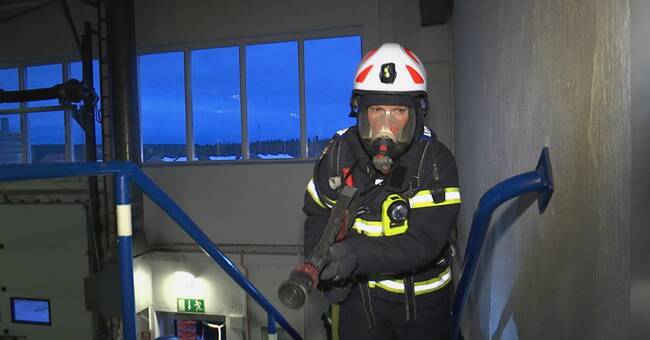The number of part-time firefighters has been steadily declining in the country since the late 1960s, and the problem of recruiting new staff has grown.
In 2019, 77 percent of the rescue service organizations had difficulty recruiting part-time staff.
- We are not really done with the compilation for the year 2020, but it looks more or less the same.
Possibly we glimpse a little lightening in some places, says Magnus Olofsson who works with protection against accidents at the Swedish Civil Contingencies Agency, MSB, in Karlstad.
Problems for many
The statistics for Västerbotten are clear.
In 14 municipalities, all except Vännäs, the rescue service stated in 2019 that they had difficulty recruiting.
In half of the county's municipalities, it was stated that maintaining preparedness had been a problem.
An example of this is Skellefteå, which is geographically large and has many part-time fire brigades.
- We were down to nine staff plus some reserve and need to be 20 to get it going in a good way, says André Waplan.
From shortage to queue in Boliden
Together, they launched a major initiative that was very much about reaching all residents.
- It is easy to think that you have talked to everyone, but it still turned out that we have different spheres of interest and networks of contacts and therefore we obviously missed many, some did not even know that there was a fire station here, says André Waplan.
Campaign responded
Through an information campaign that went straight to the point: we do not have the capacity to save your workplaces and homes, the response was that 50 people signaled interest.
- Now we even have some who are waiting to get into the force!
One of those who has just started is Helena Lidman, who thanks to a little innovation in the organization can be included despite the fact that she works in the mine in Renström and lives in Bjurliden outside Boliden.
See in the clip her smoke diving and how, with the help of flexible digital schedules, among other things, she has managed to reverse a difficult trend.

